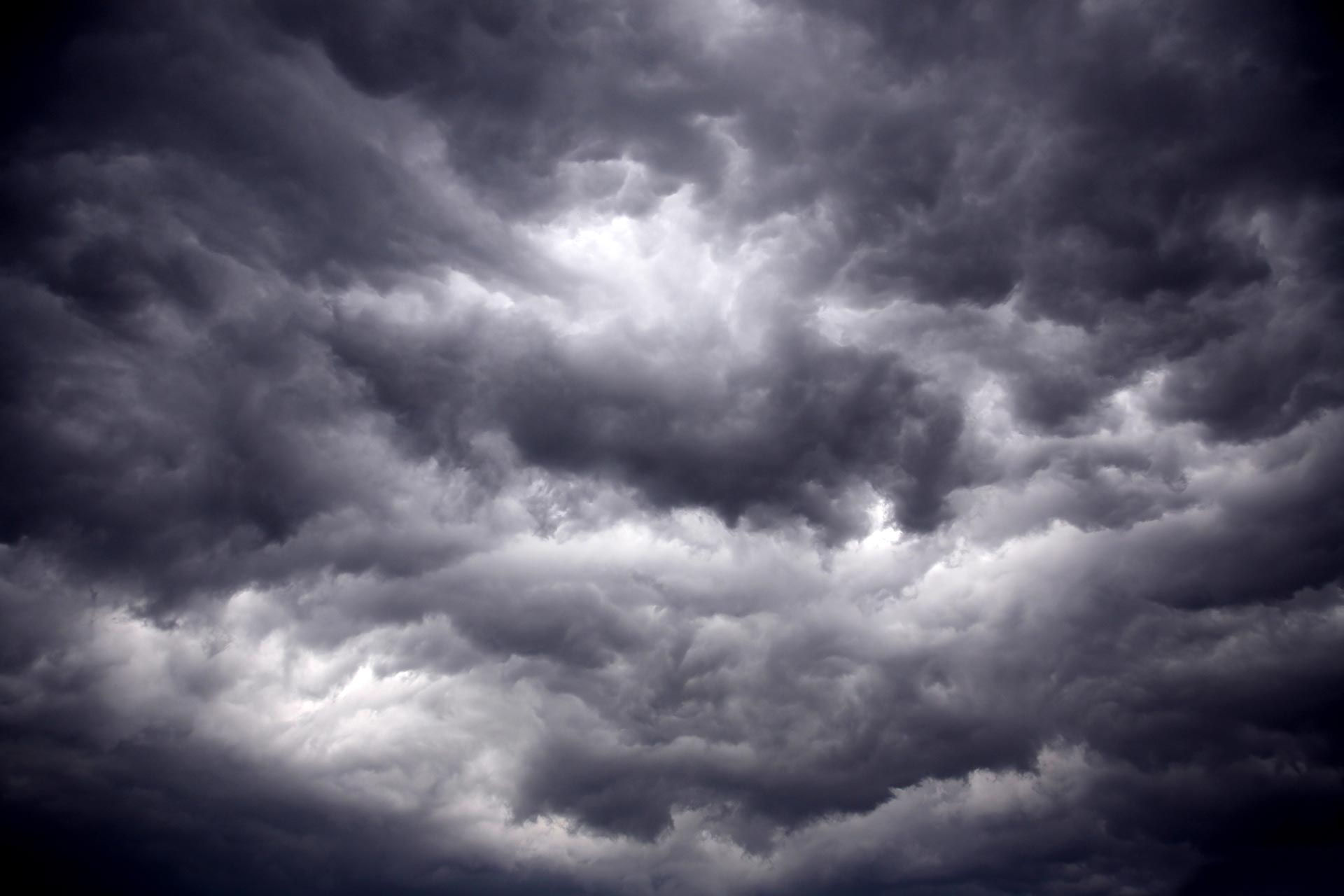THE TROUBLE WITH RANKINGS...
OVERVIEW AND OPINION
NOAA's National Centers for Environmental Information is now producing the Regional Snowfall Index (RSI) for significant snowstorms that impact the eastern two thirds of the U.S. The RSI ranks snowstorm impacts on a scale from 1 to 5, similar to the Fujita scale for tornadoes or the Saffir-Simpson scale for hurricanes.

The RSI differs from these other indices because it includes population. RSI is based on the spatial extent of the storm, the amount of snowfall, and the proximity of these elements to population. By Including population information it ties the index to societal impacts. Currently, the index uses population based on the 2000 Census.
The RSI is an evolution of the Northeast Snowfall Impact Scale (NESIS) which NCEI (then, NCDC) began producing operationally in 2005. While NESIS was developed for storms that had a major impact in the Northeast, it includes the impact of snow on other regions as well. It can be thought of as a quasi-national index that is calibrated to Northeast snowstorms. By contrast, the RSI is a regional index; a separate index is produced for each of the six NCEI climate regions in the eastern two-thirds of the nation.

The indices are calculated in a similar fashion to NESIS, but our experience has led us to propose a change in the methodology. The new indices require region-specific parameters and thresholds for the calculations.
The RSI is important because of the need to place snowstorms and their societal impacts into a historical perspective on a regional scale. For example in February 1973, a major snowstorm hit the Southeast affecting areas not prone to snow. The storm stretched from the Louisiana and Mississippi Gulf coasts northeastward to the Carolinas. Over 11 million people received more than 5" of snow and three quarters of a million people in Georgia and South Carolina experienced over 15" of snow. This is currently the 10th highest ranked storm for the Southeast region. This storm would not even be ranked in NESIS. This example illustrates why it is important to discriminate impacts between regions.

NCEI has analyzed and assigned RSI values to over 500 storms going as far back as 1900. New storms are added operationally. As such, RSI puts the regional impacts of snowstorms into a century-scale historical perspective. The index is useful for the media, emergency managers, the public and others who wish to compare regional impacts between different snowstorms. The RSI and Societal Impacts Section allows one to see the regional RSI values for particular storms as well as the area and population of snowfall for those storms. The area and population are cumulative values above regional specific thresholds. For example, the thresholds for the Southeast are 2", 5", 10", and 15" of snowfall while the thresholds for the Northeast are 4", 10", 20", and 30" of snowfall.
So where do this years winter storms rank?. As we all know, this has been a banner year for snow in the Midwest with much of the region seeing 3 to 5 feet of accumulation, 2-3 times what's typical. Here's the seasonal totals to date.

What's really interesting to me is that despite all the snow and a shut down blizzard back in February across parts of Iowa and Minnesota, not a single storm over the upper Midwest met the qualifications to get ranked. The images below were taken 10 days ago in Albert Lea, Minnesota. Tell the people up that way there wasn't a single storm strong enough to impact their lives!


That was not the case further south. Two storms were ranked in the Ohio Valley. One of those was the November blizzard which raked my southern counties with up to 14" of snow and 50 mph winds. It did not meet ranking qualifications while in Iowa but it did across the Mississippi in Illinois.


The second storm in January was ranked in a similar fashion after departing Iowa and moving into Illinois January 12-13th.


While the concept of ranking storms has merit. the idea of using state borders to create regions could be improved upon. A storm shouldn't be un-ranked in Davenport, Iowa and ranked a mile east in Moline, Illinois. Just like in sports, rankings are arbitrary and always up for debate. Until we can create a national championship for weather, I'm taking those rankings with a grain of salt. Honestly, I think we can do better. Roll weather...TS









